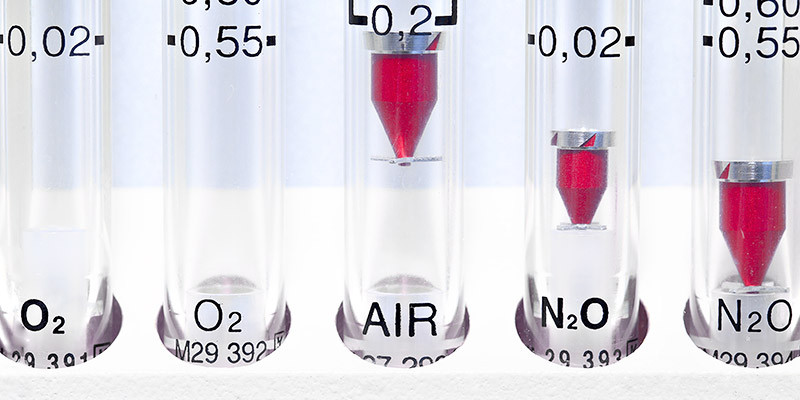Kraków: Lubostroń 22G lok. 7, +48 12 44 55 665 | Lipska 4 lok. 10, +48 731 704 731 | Wrocławska 53A, +48 731 704 787
Analgesosedation, or intravenous sedation, involves the administration of anesthesia by an anesthesiologist doctor (a combination of pain-relieving and calming medications), allowing the dentist to perform the necessary dental procedure. Analgesosedation induces a state similar to light sleep. The patient does not experience fear, stress, or pain, while still responding to the dentist's instructions and being able to cooperate. After waking up, the patient does not remember the procedure.

The qualification for administering anesthesia is determined by the doctor during the dental consultation. The patient is informed in detail about the necessary examinations, and a health assessment is also conducted. If the patient is being treated for chronic illnesses, it is obligatory to inform both the dentist and the anesthesiologist about their health condition.
In the case of a patient being qualified for analgesosedation, before the actual administration of anesthesia, the patient must fast for 6 hours without eating and for 4 hours without drinking. The patient must be in a good overall condition. Symptoms such as cough, runny nose, or fever should not be present.
Sedation is performed by an anesthesiologist who administers drugs intravenously to the patient. Typically, these are short-acting agents, allowing the patient to return to normal functioning shortly after the procedure. Despite the use of drugs that affect the central nervous system, the patient remains conscious and in contact with the professionals performing the procedure.
Recovery to full functionality after the procedure takes up to 2 hours. It's important to remember to have support from another person, as on this day, driving a car is not advisable. There might be slight disturbances in balance, a sense of fatigue, dullness, irritability, or general discomfort.
In some of the above cases, intravenous sedation may be possible, but it may require additional tests and/or special preparation. In these and other cases not described here, do not hesitate to ask your patient coordinator for direct contact with our anesthesiologist.











